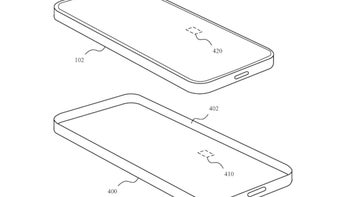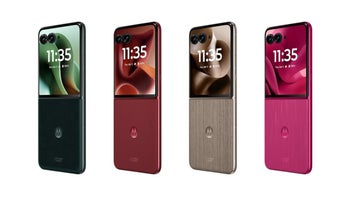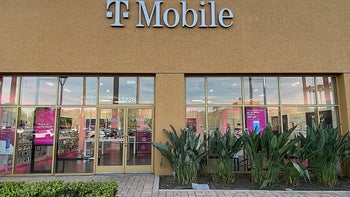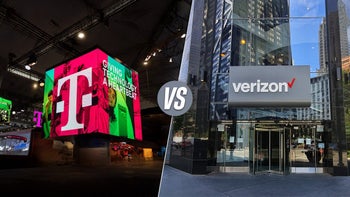Apple's plan will let iPhone units run faster with no risk to the user

Apple's MagSafe uses a magnet placed inside the back of an iPhone allowing compatible accessories to securely stick to the device. Cases, wallets, and even a charger that wirelessly powers up to two devices at once can use the MagSafe system. There are quite a few possible uses for MagSafe that Apple will undoubtedly be working on in the future. According to one patent received today by Apple from the U.S. Patent and Trademark Office (USPTO), the company is considering building a MagSafe smart case that would allow an iPhone to run faster without the user worrying about the phone getting too hot to hold.
Apple receives a new patent for a method that would allow iPhone units to run faster without hurting the device's user
The patent, titled "Smart case for a portable electronic device," allows an iPhone to determine whether the device has a case on which would allow it to run at a higher speed without the risk of burning the user's hand. The patent documentation reads "A processor of the portable electronic device is configured to receive a signal that indicates the portable electronic device is in contact with and retained by the protective case. Responsive to receiving the signal, the processor is configured to allow the component to transition from a first operating state to a second operating state. The first operating state is associated with a first operating temperature that corresponds to a first temperature range at a surface of a housing for the portable electronic device. The second operating state is associated with a second operating temperature that corresponds to a second temperature range at the surface of the housing. The second operating temperature is greater than the first operating temperature." The patent received number 10,838,462.

Apple receives a patent for a smart case that would allow an iPhone to run at faster speeds without burning the user's hand
Apple suggests that magnets embedded inside the case can help detect whether an iPhone is wearing the accessory by creating a magnetic field that would be detected by sensors. NFC could also be used in conjunction with an embedded RFID tag inside the case allowing the iPhone to pick up a signal that would indicate the presence of a case on the phone. The patent mentions the possibility of creating different cases with varying magnetic fields which could allow iPhone users to customize the handset to allow different maximum temperatures to be available.
With the system envisioned by the patent, Apple could also use the case to raise the temperature level that would cause the phone to automatically throttle the processing speed. That's because the case covers the aluminum housing of the device protecting users from getting burned. Thus, a user's iPhone could be allowed to run at a higher temperature before throttling would kick in.
There is no clue when-or even if-Apple will use the system laid out in the patent. Apple filed for and receives a large number of patents each year and not every one makes it to the hands of consumers.
Apple originally filed the patent application on February 28th, 2019 after a similar application was submitted on September 7th, 2018. Apple itself explains what motivated the company to develop this system: "These electronic components (inside an iPhone) generate heat during operation. A majority of the heat is dissipated via convection and/or conduction. Air circulating around the surfaces of the device can carry away heat via convection. Similarly, objects in contact with the device can carry away heat via conduction. However, as the power of the device increases and the design of the device changes, sometimes the amount of heat being generated cannot be adequately dissipated. In such cases, the temperature of the device will increase, which could lead to failures of the components themselves due to, e.g., melting solder connections or faults in metal structures inside an integrated circuit. Even if the temperature does not increase to the point of causing failures, the device itself could be uncomfortable to handle. For example, the surfaces of the device can feel warm to the touch, which can lead to an unpleasant user experience. Consequently, new techniques are desired for dissipating heat from the device or reducing an amount of heat generated by the device." Consider this patent to be one of the new techniques.










Things that are NOT allowed: